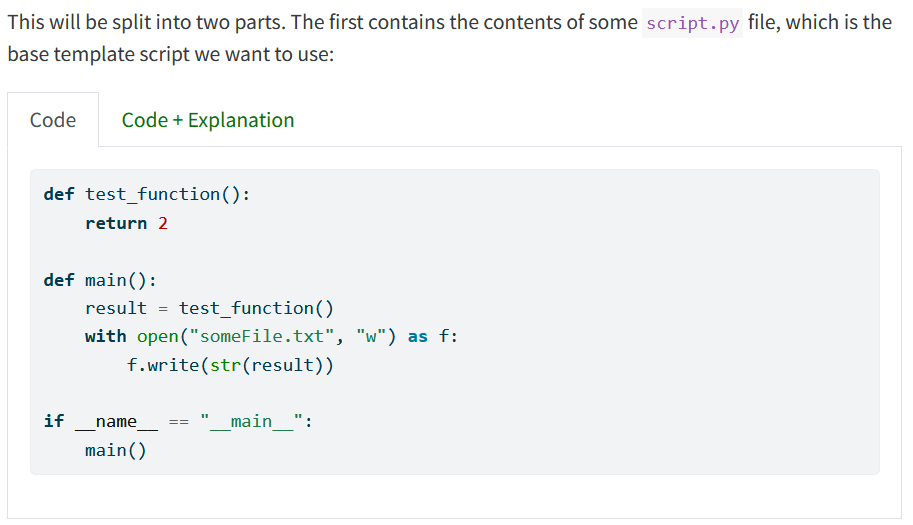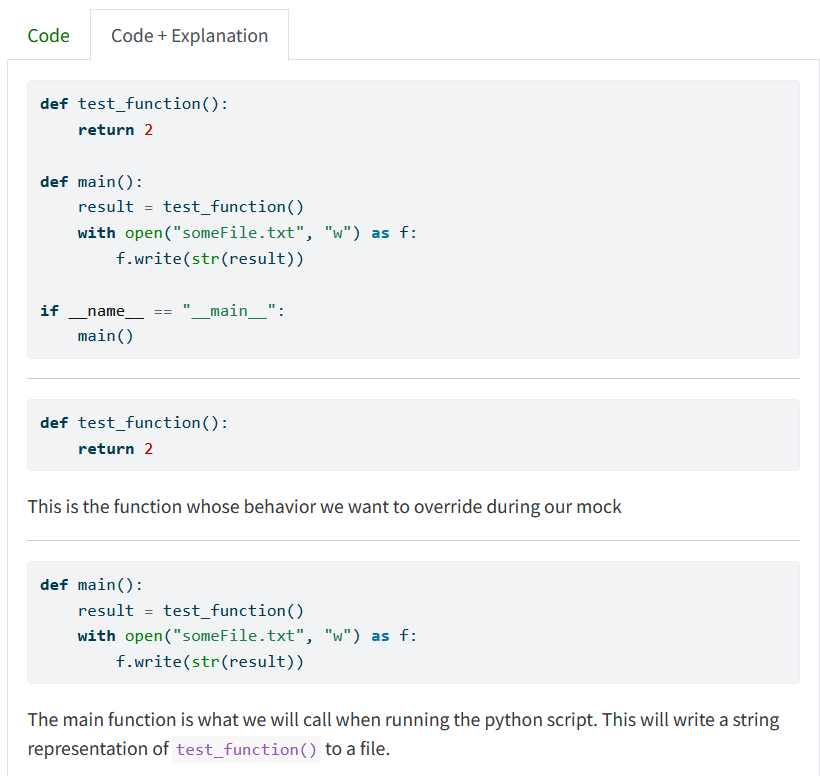Introducing nbquarto: A framework for Processing Jupyter Notebooks
Introducing nbquarto, a framework for processing Jupyter Notebooks with Quarto
Introduction
Let’s take a few steps back in time, to when I (Zach), was using tools like nbdev out of fastai. I wasn’t using it for its intended purpose (writing libraries in Jupyter Notebooks), I wasn’t a big fan of that after a while. Instead, I was trying to hack it in any way I could to help further the course websites I was writing. To help further the documentation I was generating.
Then, nbdev 2.0.0 comes out, showing this integration to a wonderful rendering and processing framework: Quarto. Immediatly I could see the potential with this framework for teaching purposes:
- Quick and easy ways for me to create interactible documentation?
- A way for me use my Jupyter Notebooks but still have special syntax it uses to render specific items?
And most of all:
nbdev2.0.0 introduced the concept of aProcessorclass.
Without diving into too much detail yet, it was a moduler way for me to interact with the cells in a Jupyter Notebook and do whatever I wanted with them.
I know, I know. Might have not quite sold you on it yet, and that’s alright.
This idea of post-processing these notebooks allowed me to create small “shortcut” commands for quarto to remove a ton of boilerplate code, and soon let me create one of my favorite pieces, Code Notes, a way to annotate code from within a single code cell and trailing markdown cells, to be rendered later side-by-side:


For years as I was adventuring with nbdev I was creating custom forks, versions, and more to get something remotely close to this. And now thanks to this Processor, I could do it!
But I also wasn’t satisfied there. nbdev has very real problems that need solving, which this article will address and explore how my new library, nbquarto, attempts to solve them.
Why not nbdev?
First let’s talk about the base framework of this idea: the Processor. nbdev designed this as a way to use special comment cells (#| {name}) that Quarto calls directives to export code to particular files that were defined in the cell block, or to interact with the documentation in particular ways as it was being auto-generated through their framework.
For those familar with Quarto, this should sound exactly like how Quarto Extensions are made in Lua, but built in Python!
This was a great idea, but it had a few problems:
nbdevitself is a framework built upon extreme abstraction and is entirely unreadable for those who truly want to know what’s going on. It’s a liability more than a tool, which is not good.- Also,
nbdevis too many things at once, leading to the above. It tries to be a documentation wrapper framework, a tool that helps manage tests, and a tool that tries to export source code from notebooks to.pyfiles. - Finally, the way it was done is exceedingly “magical”. Errors are exceedingly hard to read and track, workflows would randomly break due to a random dependency upgrade that was also magical.
As a result, I decided to see how I could write nbdev in such a way that can be:
- Readable
- Do exactly what it needs to do (process notebooks)
- Be functional enough without much change to the overall API, because at a high level it was still quite good!
Enter nbquarto
This framework is built on the base of nbdev. Quite literally with source code ripped from the project, and then rewritten to follow basic readability practices. As a result, code is easier to dive into and understand.
This framework has zero base dependencies for what it needs to do. As a result, any and all over-abstraction has been eliminated to make way for a framework that anyone can understand through a basic viewership of the code. In fact only one class from fastcore (the foundational library for nbdev) made it through: the AttributeDictionary, which basically makes a dictionary act as a namespace object by having its keys be accessible as attributes. The value of this class outweighted its “magicalness”, however it was still rewritten in a way that for a basic Python user, it’s clear as to what is happening:
class AttributeDictionary(dict):
"""
`dict` subclass that also provides access to keys as attributes.
Example:
```python
>>> d = AttrDict({'a': 1, 'b': 2})
>>> d.a
1
>>> d.b
2
>>> d.c = 3
>>> d['c']
3
```
"""
def __getattr__(self, k):
if k not in self:
raise AttributeError(k)
return self[k]
def __setattr__(self, k, v):
is_private = k[0] == "_"
if is_private:
super().__setattr__(k, v)
else:
self[k] = v
def __dir__(self):
res = [*self.keys()]
res.extend(super().__dir__())
return resFinally, this framework is designed to be modularized and flexible, so that even if you’re not processing for Quarto specifically you can still use this framework to process your notebooks in any way you want!
I’ve used the base idea of this framework to create courses, various blogs and other materials for educational purposes.
I truly believe that nbquarto is the right blend of utilizing exploratory programming practices with documentation to keep your code where it needs to go (and how the rest of the world expects it to go), while giving you the freedom to modify your documentation however you see fit.
Just as an example, out-of-the-box with the current implementation of nbquarto you can do the following:
- Create auto-populated API documentation built on the same tooling that Hugging Face uses
- Create Code Notes that allow you to annotate code from within a single code cell and trailing markdown cells, to be rendered later side-by-side as mentioned earlier.
These two alone have improved my ability to write and create interactive documetation by leagues ahead of what it could before, and write it in a way that’s sensible and succinct.
As a result, at it’s core this is a framework that:
- Has minimal magic possible while also:
- Being extremely hackable and flexible
- And is built on good software practices to ensure that this code will be stable and usable for years to come.
Learn more
If you’d like to learn more about nbquarto, I invite you to check out the Getting Started page which is a lenghty tutorial on how to use every aspect of nbquarto and how to get started with it. And of course feel free to peruse the source code, openly available here.